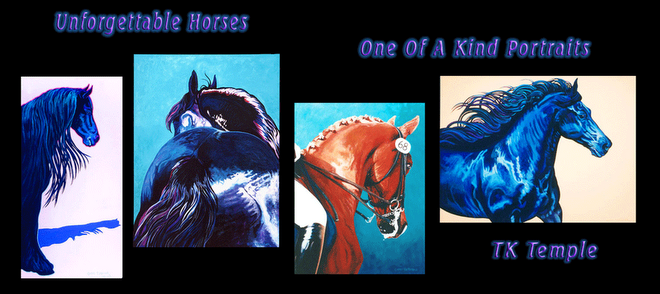Making A Living and Fixing Mistakes

I dunno how I could lose 6 weeks to raising a puppy and taking care of family and making a living without turning out a new canvas. I have managed to paint the edges on all my canvases that were literally hanging around so that they can be hung without a frame, which is my minimalist preference, so at least I got to practice mixing. I also finally learned that I absolutely MUST wear my nifty "painting shirt" or I WILL get paint on my good shirts and possibly my jeans as well, no matter how careful I think I am! I honestly don't think it's a lack of motor skills on my part, but more the confined area in which I work. I place most of the blame on my brush caddy, which mounts precariously onto my small box easel. It wants to position my long handled brushes across the air space in front of my small canvases, because the work space is so narrow that the brush handles hit the side of a bookcase. Many of the brushes I favor for their quality and paint handling are long handled oil brushes, made for standing back from the canvas, not so much for sitting closer to a small sized study. I sometimes leave color on them when I am working different colors or textures at one time. (Note that the photo of my shirt includes three of my favorite makes and models of brushes mentioned in my previous posts on bushes below.) I didn't have so much trouble with wayward paint when I had a bigger studio, though I'm honestly quite grateful for the space I do have now.
Thus recently I have gone back to practicing my old trick of taking the stained "good" shirt and touching up the stain with even more paint (after cleaning it up as much as possible with turps and laundering it), in effect practicing my skills by painting out the marks of my carelessness. I did that years ago in my youth in college when finances dictated that I wear my clothes completely out, and then later on when I was doing my own paintings and commissioned portraits in acrylics, and didn't really think anything about it. A few months ago I came across a thread on Wet Canvas! on the actual subject of painting out accidents on one's clothing, so it seems fairly common.
My own advice if you are using oils (as I am currently), is to mix the exact color with just a tiny touch of a quick flash point thinner if necessary for discreet handling (oil of spike is good, or English turps), and to put your dabs of perfectly matched mixed paint on a paper towel or paper plate first to take out as much oil as possible. This is because the carrier oil in your pigments can spread the paint beyond where you want it through the fabric's absorption, and may leave a yellow halo around the colored area. Then do the touch up with a fine pointed brush or toothpick or q-tip, whatever gives you the most control. Keep the paint rich but the application thin, you don't want blobs. Let it dry in a safe place, then wash. If you are using acrylics, remember that they dry DARKER! So compensate by mixing a bit lighter color, and mix under good bright light if possible. This is actually an extremely good practice in training your eye to mix color accurately, so consider it time well spent in studying your craft and improving your skills. BUT, it's better to keep paint off of your person wherever possible, especially your skin, as many pigments and thinners and mediums contain toxic elements, and you do NOT want that stuff on your skin, where it can be absorbed into your system.






















